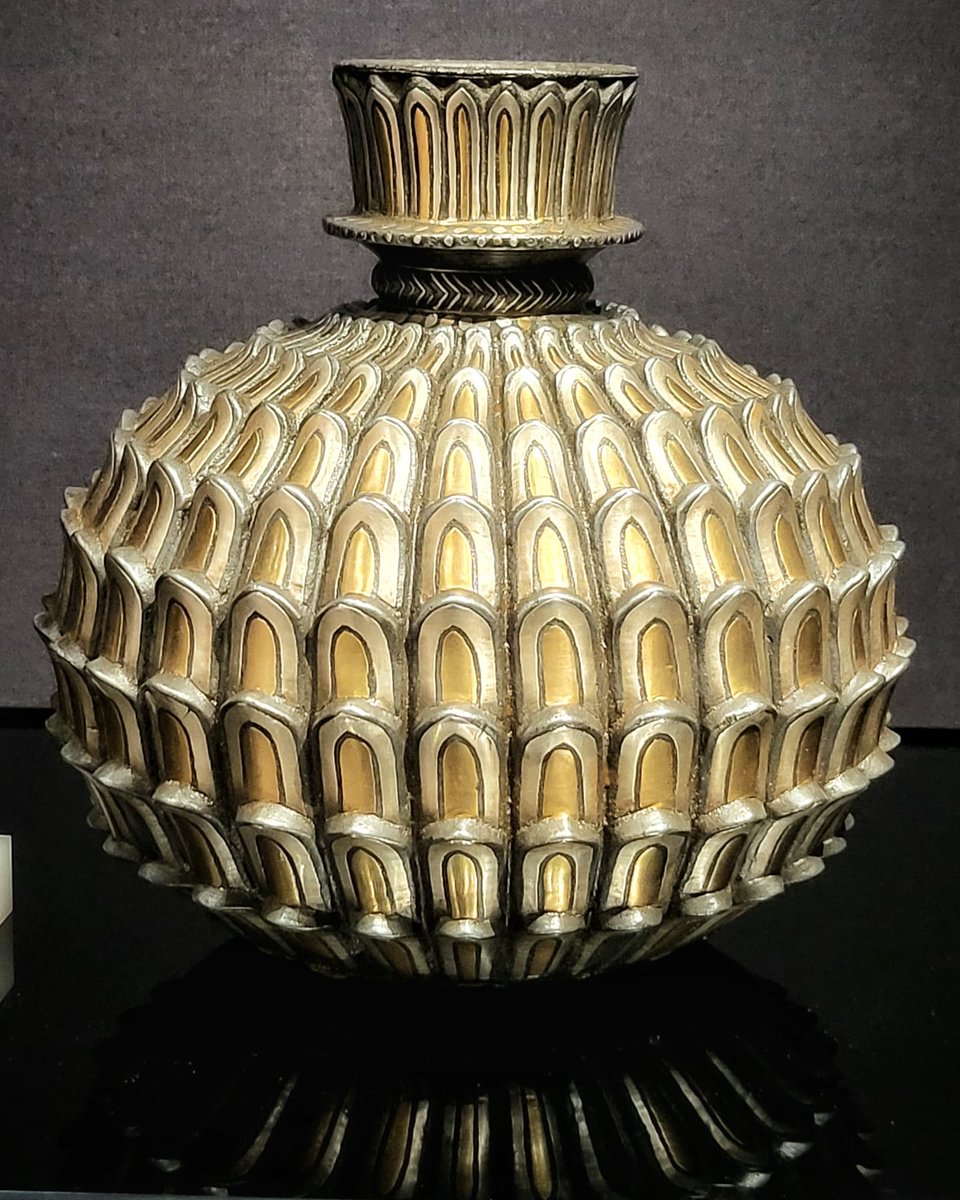
I am completely thrilled that our beloved @JaipurLitFest is returning to Jaipur after a spell online due to the pandemic. We are coming back with a truly spectacular line up of literary superstars from across the world
JLF 2022 to be held on the ground
indiatoday.in/education-toda…
JLF 2022 to be held on the ground
indiatoday.in/education-toda…
In fiction we have this year’s Booker winner, the great Damon Galgut, his predecessors Monica Ali & DBC Pierre, Pullizer winner Jonathan Franzen and Turkish superstar and Booker shortkisteen @Elif_Safak
indianexpress.com/article/books-…
indianexpress.com/article/books-…
We have Charlotte Higgins talking about Greek Myths, Benjamin Brose on Xuanzang, Rob Macfarlane on nature writing and the underworld, Rupert Everett on Hollywood, Vidya Dehejia on Chola bronzes, Lisa Taddeo on Women & Colin Thubron on the Amur River.
zeenews.india.com/india/jaipur-l…
zeenews.india.com/india/jaipur-l…
We have a special focus on archaeology: Rebecca Wragg Sykes on Neanderthals, Upinder Singh on ancient India, Cat Jarman on Vikings, Himanshu Prabha Rai on Indian sea power, Irving Finkel on Ghosts in Mesopotamia & David Wengrove on the Dawn of Everything
scroll.in/article/101052…
scroll.in/article/101052…
Tishani Doshi &Kei Miller will read from their new poetry; Peter Stewart will reveal new links between Gandharan art & Imperial Rome; Maryam Aslany will talk about the crisis in Indian farming & the new rural middle class & James Fox will reveal the hidden life of Colour
@akashkapur will reveal the dark underbelly of Auroville; S Vijay Kumar will talk about The Idol Thief &his campaign to bring home stolen Indian art treasures, @UnamPillai on Indian royals & Ilan Pappe will lament the Ethnic Cleansing of Palestine. From the 28th January.
More wonderful names to add to @JaipurLitFest 2022- fiction from @ShehanKaru, @aninditaghose & @thesailorsgirl; @MarcDavidBaer1 on reinterpreting the Ottomans, @TristramHuntVA on Wedgewood plus @MacaesBruno, Mukalika Bannerjee, @kunalbasu100 @AmbarishSatwik & @ShashiTharoor
Breaking news!
Andrew Lownie is coming @JaipurLitFest to talk about Mountbatten & why the UK gov is spending tens of thousands blocking the release of the Mountbatten papers!
Anger over ‘grotesque abuse’ of £600,000 case to keep Mountbatten papers secret theguardian.com/uk-news/2021/n…
Andrew Lownie is coming @JaipurLitFest to talk about Mountbatten & why the UK gov is spending tens of thousands blocking the release of the Mountbatten papers!
Anger over ‘grotesque abuse’ of £600,000 case to keep Mountbatten papers secret theguardian.com/uk-news/2021/n…
• • •
Missing some Tweet in this thread? You can try to
force a refresh



















